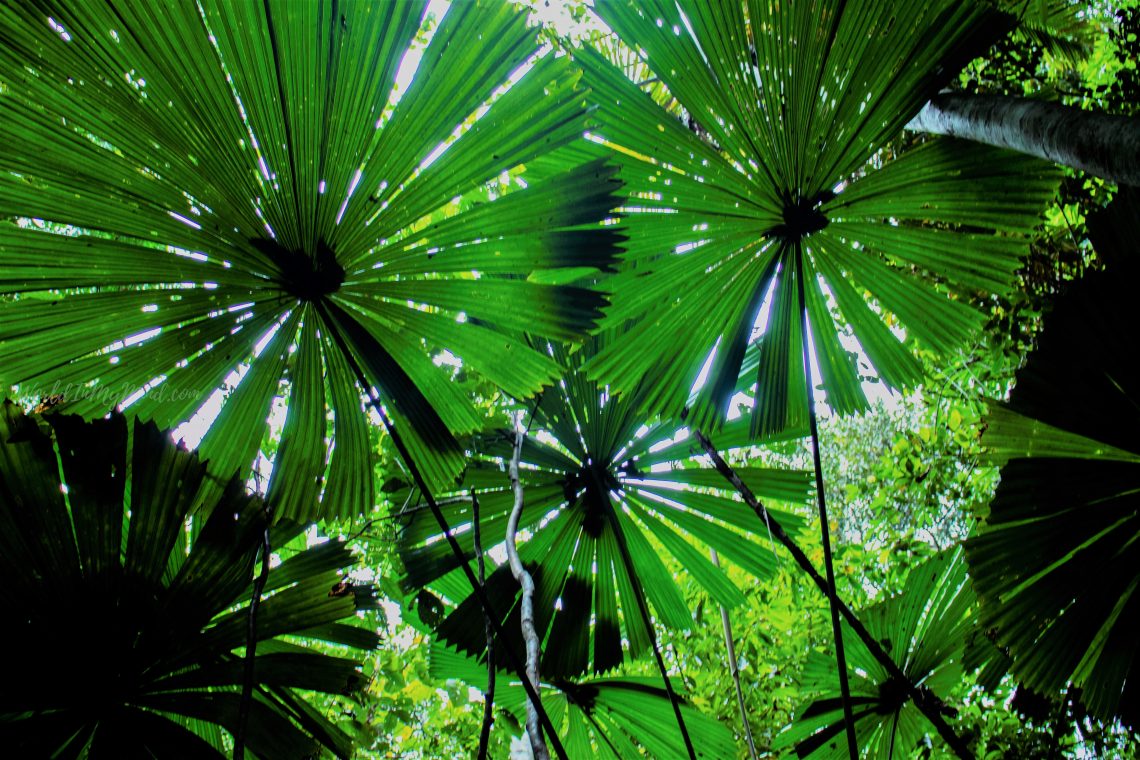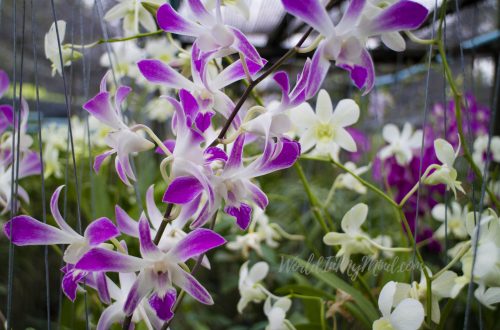
K-beauty: a long-lasting passion
Snail slime? Placenta (gladly, not human)? Gold? I’ve never heard of such exotic skincare ingredients before. Until the fall of 2015 during a trip to Japan when I discovered K-beauty.
While browsing a huge store in Tokyo, I saw an area with unusual cosmetics: masks with out-of-your-comfort-zone ingredients, attractive package designs, cute colors, and descriptions in broken English. I wanted to buy Japanese cosmetics and my eyes were tempted by a promising name: a pearl mask. Why not try this one as well, it’s Korean. Slightly unsure about the claimed brightening effect, I wanted to give it a go. At this time, I didn’t know that ”brightening” in Asian cosmetics doesn’t mean that you’ll bleach your skin and become a tone lighter.
I did comprehensive research and learned about the good reasons why K-beauty has become a global hype: a cutting-edge technology, unusual ingredients, high quality, very affordable, and, most importantly, highly effective. There are masks for any body part, from head to toe. Let’s not forget the infamous 10-step skincare routine. Korean beauty relies on fermentation principles. This means that plants preserve their beneficial qualities. Moreover, according to the available information online, snails and horses are not harmed. For example, snail slime is collected in snail farms after snails have crawled around. Horse fat is extracted under the mane and the animals are not hurt.
Korean skincare products have made my skin cotton-soft and faded stubborn red acne scars which I thought would never go away from my face. My obsession with Korean cosmetics was born. So far I haven’t used better cosmetics and I won’t look back.

I like to spend time reading about skin care ingredients, to learn which ones might improve my complexion, and to experiment with uncommon ones. Unfortunately, many Korean skin care products don’t have descriptions in English, therefore I make sure to check the ingredients list in advance whenever possible. Otherwise, I get a hormonal imbalance.
Unlike Western cosmetics, K-beauty doesn’t specify what products to use for dry, oily, or combination skin types. It rather emphasizes effects – moisturizing, brightening, pore clearing, etc. Despite this flaw, there are products that work great on my oily skin.
Very few places can cure the shopaphobe in me. Myeongdong district in Seoul, a kingdom of Korean cosmetics, is definitely one of them – there are hundreds of Korean beauty brand stores. This is what I’d call an authentic K-beauty shopping experience.
I have aversion to trends and usually don’t follow them. However, Korean skin care is a hype well worth and I wish I had discovered it earlier.



